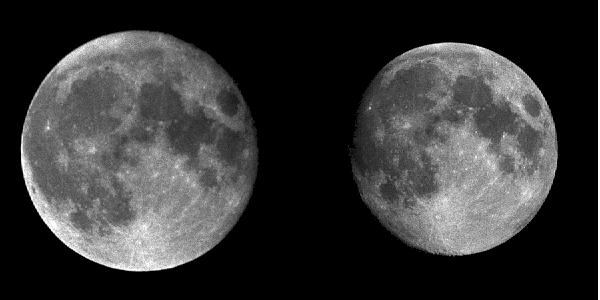 Halloween is a day when toilet paper is sometimes used for things other than its normal function. Here’s another application: time travel. OK, not actual time travel, but a roll of toilet paper can be used as a really cool educational device for demonstrating geological time spans.
Halloween is a day when toilet paper is sometimes used for things other than its normal function. Here’s another application: time travel. OK, not actual time travel, but a roll of toilet paper can be used as a really cool educational device for demonstrating geological time spans.The Earth is about 4.6 billion years old. This is a very big number so it’s hard to relate to this in terms of our personal experience with time. Writers and teachers of Earth and space sciences make use of analogies to help students comprehend geological and cosmological time spans. One well-known analogy is the cosmic calendar, in which the age the universe (15 billion years, give or take) is considered to be one year, with the Big Bang occurring at midnight on January 1. On this scale (475 real years per cosmic calendar second), the solar system forms on September 9, life emerges on September 30, and early humans arrive at 11:50 pm on December 31. The whole of recorded human history (around 10,000 years) takes place in the final 21 seconds of the year. Astronomy Notes (great web site!) has a nice explanation of the cosmic calendar here.
But my current (ahem) bathroom reading is The Ancestor’s Tale by Richard Dawkins. This book is a backwards journey through time from present-day humans, through all of our tale-telling evolutionary ancestors, to the dawn of life on Earth, around 3.4 billion years ago. I was having some trouble grappling with the various spans Dawkins talks about, so I looked up “time scale analogies” in Google. That’s where I found the toilet paper analogy for geologic timescales. Jennifer Wenner has a great explanation of this classroom demonstration here (and here is another version). It requires a 1000 sheet roll of toilet paper, some time for preparation, and a delicate touch (for unrolling, labeling, and re-rolling the paper).
I won’t repeat Wenner's explanation here (she even links to an Excel spreadsheet that defines the key milestones and their sheet positions for marking, and allows you to scale to fewer sheets if the budget doesn’t allow for a full 1000 sheet roll). I haven’t tried this myself, but 100-some meters of unrolled toilet paper is striking even in the imagination. Early bacteria start on sheet 739. Insects arrive on sheet 87. The dinosaurs start on sheet 46 and end on sheet 14. What about us Homo sapiens? We never make it off the first sheet – all of human and proto-human evolution fall within two-thirds of the first sheet. Human history takes place within the first 0.02 cm (0.01 inch). Whoa.















